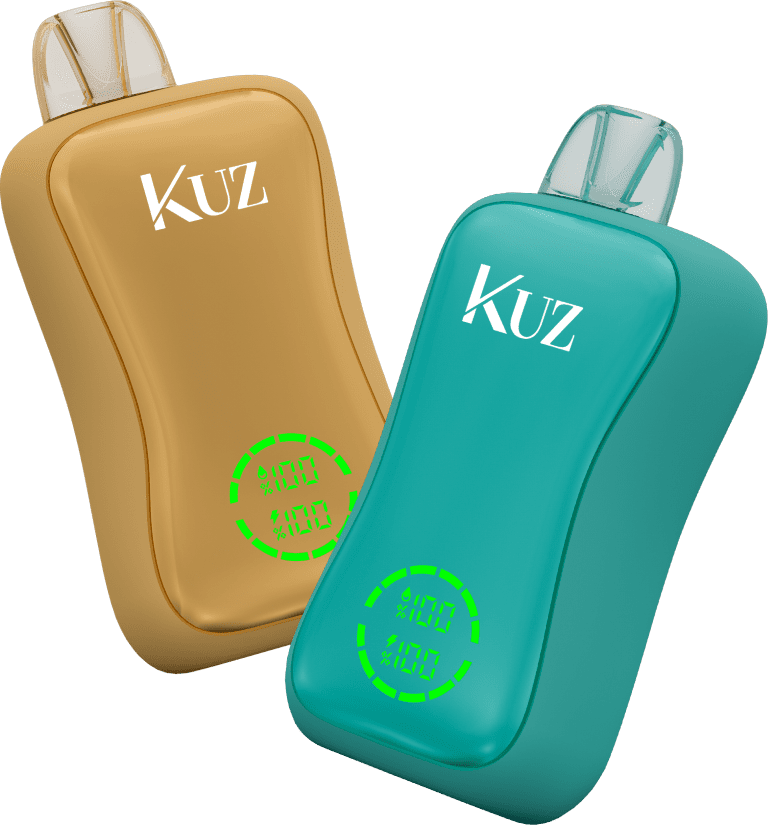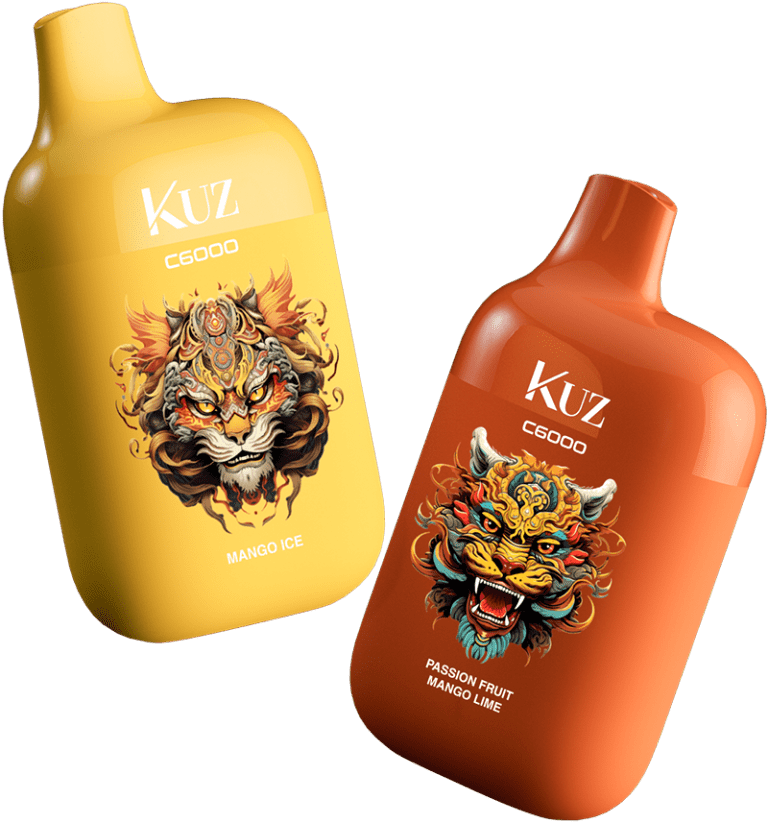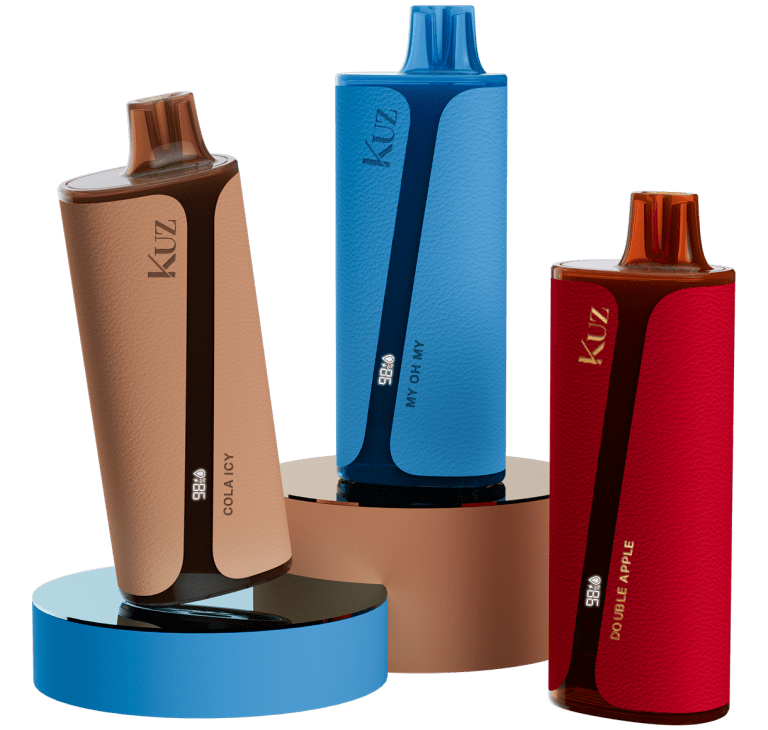Lip fillers have surged in popularity as a quick, effective way to achieve fuller, more defined lips. However, if you’re an avid vaper, you might be wondering if it’s safe to vape after undergoing this cosmetic procedure. Understanding the risks associated with vaping post-lip fillers is crucial to ensuring optimal results and avoiding complications.
The Connection Between Vaping and Lip Fillers
Vaping, like smoking, involves inhaling substances into your body, which can have various effects on your overall health and, more specifically, on your recent cosmetic procedures. After receiving lip fillers, your lips need time to heal, and introducing irritants like those found in vape liquids can interfere with this process.
Potential Risks of Vaping After Lip Fillers
- Delayed Healing: Nicotine, a common ingredient in many vape juices, has vasoconstrictive properties that reduce blood flow to the lips. This can slow down the healing process, making it take longer for your lips to recover fully after the filler treatment.
- Increased Swelling and Inflammation: Vaping can cause increased irritation and inflammation of the lips, especially when the delicate tissues are still healing from the injection. This not only prolongs the swelling but can also make the lips more sensitive, leading to discomfort and potentially compromising the aesthetic results.
- Risk of Infection: The process of vaping introduces foreign substances into your mouth, increasing the risk of infection, particularly at the injection sites. The warmth and moisture from the vapor can create an environment conducive to bacterial growth, which is dangerous during the healing phase.
- Filler Migration: The suction created by vaping, especially with deep inhales, could potentially cause the filler material to shift from its original placement. This might lead to asymmetry or a less desirable shape, requiring additional procedures to correct.
- Dehydration: Vaping can lead to dehydration of the lips, making them appear less plump and potentially affecting the longevity of the filler. Hyaluronic acid, the primary component of most lip fillers, relies on water to maintain its plumping effect, and dehydration could cause the filler to break down more quickly.
Best Practices for Vaping After Lip Fillers
If you cannot avoid vaping after receiving lip fillers, consider the following tips to minimize risks:
- Wait at Least 48 Hours: Most experts recommend waiting at least two days before resuming vaping. This allows the initial swelling and tenderness to subside, reducing the chances of complications.
- Gentle Vaping: If you must vape, avoid taking deep inhales or chain vaping. Opt for gentle puffs to minimize pressure on the lips.
- Use Nicotine-Free Liquids: If possible, switch to nicotine-free vape juices. This can reduce the vasoconstrictive effects and support better blood flow for healing.
- Stay Hydrated: Keep your lips hydrated by drinking plenty of water and using a lip balm. Hydration helps maintain the plumping effect of the filler and supports overall healing.
- Maintain Hygiene: Regularly clean and disinfect your vape device to prevent introducing bacteria to your lips, which could lead to infection.
Conclusion
Vaping after receiving lip fillers is not without risks. While it may be difficult to abstain, particularly if you are a regular vaper, taking the necessary precautions can help ensure that your lips heal properly and that you maintain the best possible results from your procedure. Always consult with your healthcare provider for personalized advice, and when in doubt, it’s best to err on the side of caution.
Your lips deserve the best care after a filler treatment, so consider these guidelines seriously to enjoy your enhanced look for as long as possible.
By understanding and mitigating the risks associated with vaping after lip fillers, you can enjoy both your vape and your newly plumped pout without compromising the results.



